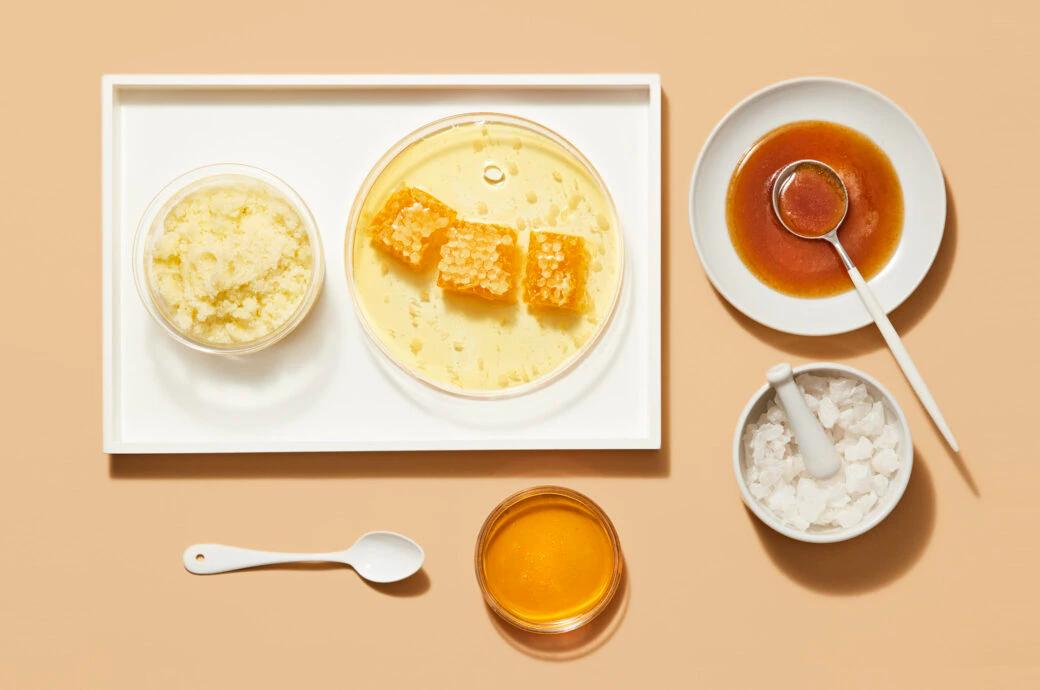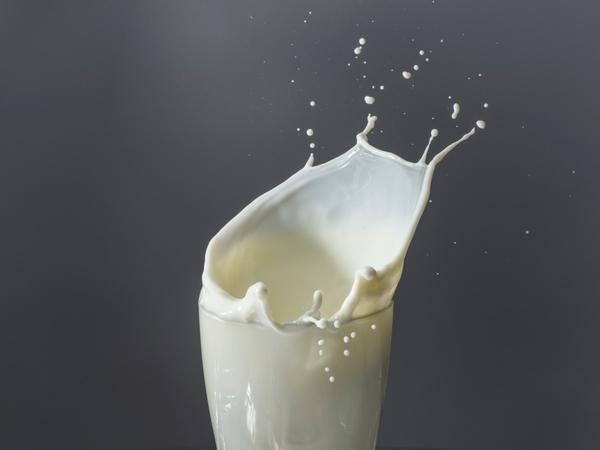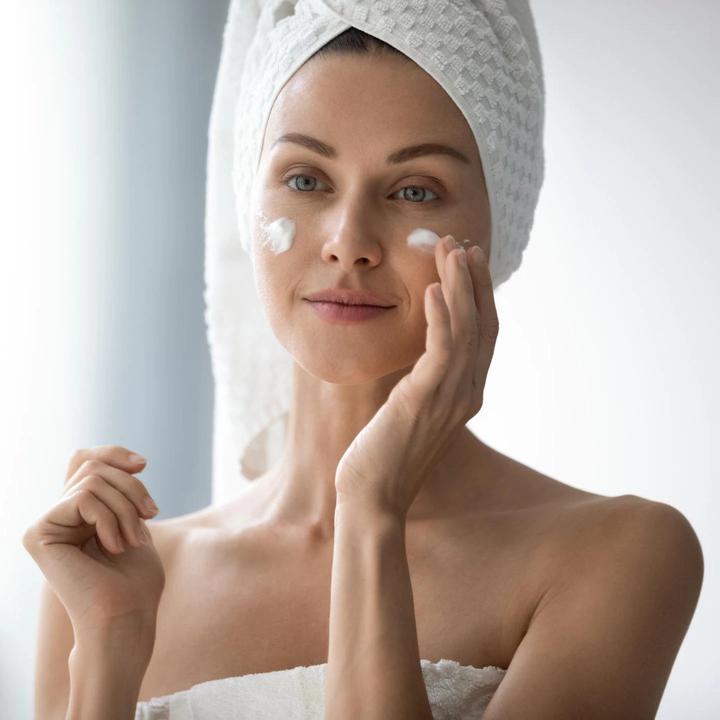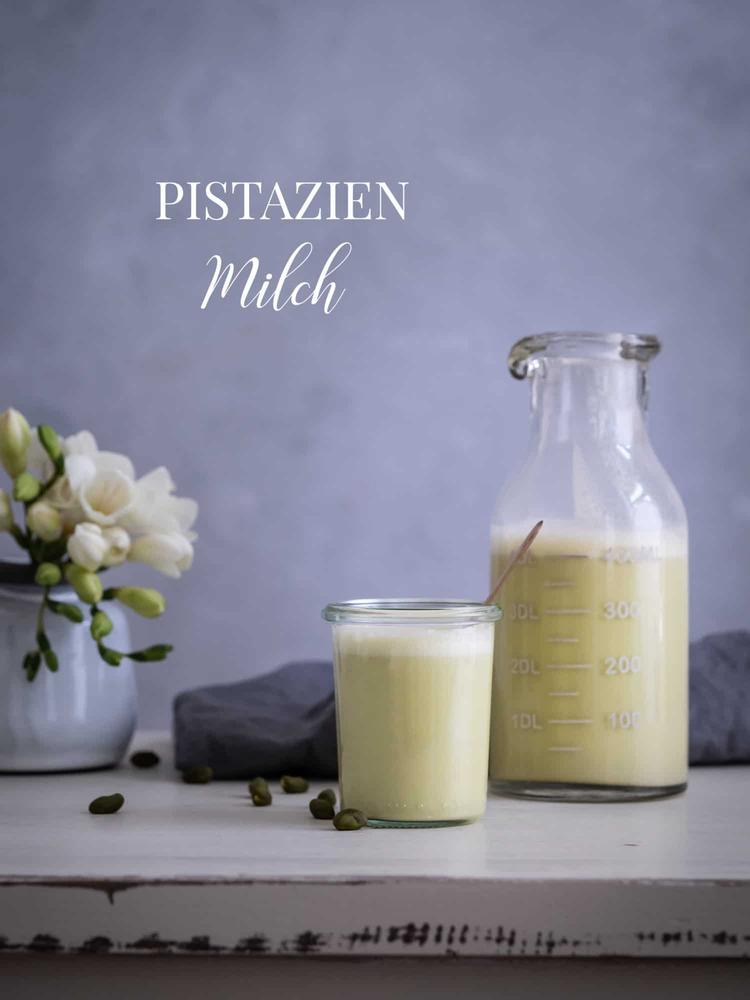
Of course it's not always vegan
By Sylvia Petersen Feb 12, 2021 5:43 am
Natural cosmetics are booming, the shelves in drugstores are full of brands like Alverde, Alterra, Weleda and Sante. Shampoos, creams and lotions labeled in this way are not necessarily vegan. Animal ingredients are also obtained from nature and used in the manufacture of the textures. Which ones are used particularly frequently and where the cosmetics trend is currently heading – STYLEBOOK asked an expert.
Less chemicals, more nature - that's what many people want, not only for food, but also for creams & co. Andrea Weber, Director of Science, Consultation & Innovation at the Babor Beauty Group. "But there are three animal ingredients that still play a major role in cosmetics: bee products, milk proteins and collagen."
Also interesting: The story behind the natural cosmetics brand Weleda

Animal ingredients: goodness from the bee
"Beeswax is used in many different ways in cosmetics, but above all in lip balms," explains Dr. Andrea Weber. "Beeswax is almost unbeatable there." But other bee products are also in demand in cosmetics because of their moisturizing effect, including royal jelly or honey, for example. "Bee products have a long tradition in natural cosmetics and are still very popular despite the strong vegan trend," says the cosmetics expert.
Also interesting: "Ökotest" - natural cosmetics shower gels convince
Donkey milk, goat whey & Co.
Even the legendary beauty of Cleopatra is said to have bathed in donkey's milk - reason enough that products with goat's whey & Co. are still in great demand today. "Milk proteins are often used in skin care because they provide a lot of moisture," explains Weber. But anyone who thinks that every cream contains a glass of real goat's or donkey's milk is mistaken: "The proteins are extracted from the milk in the laboratory and processed for use in cosmetic products," says Weber. "Anyone who wants to have goat's or donkey's milk in its pure form, freshly skimmed off or as cream, in the cream, has to mix it yourself or have it mixed."
Also interesting: 8 foods for beautiful skin
Animal ingredients in cosmetics: collagen
Collagen is the anti-aging ingredient par excellence, but its image suffered a serious blow in the 1990s when the deadly brain disease BSE broke out in cattle. "No one wanted cosmetics containing bovine ingredients anymore," recalls Dr. Andrea Weber. Today, collagen is still widely used in cosmetics, although it is still mostly obtained from cattle hides. The scientist explains why this is so: “Humans are animals and animal collagen therefore comes closer to them. Collagen is so far unbeaten in its mode of action. No plant-based collagen can compete with that, even if many consumers would like that.”
Also interesting: Moringa oil and its beauty effects on skin and hair
Hardly asked: snail slime & Co.
While beeswax and goat whey are common and popular animal ingredients in cosmetics, other animal substances have a comparatively difficult time. A cream made from bird droppings or snail slime? In fact, strange cosmetic trends of this kind regularly spill over to us, especially from Asia - but still a "niche area" , as Dr. Andrea Weber explains. “The demand for such products is not very high in this country, but the disgust factor probably outweighs many of them. Snail slime would have to work extremely well for many people to overcome this disgust.” And what if that were actually the case? "Then the big cosmetics companies would certainly become active and see if the components in snail slime, which have a positive effect on the skin, could be artificially reproduced in the laboratory," explains Weber. After all, that is everyday life in cosmetics research: How does what work and how can animal substances be synthetically reproduced?
The cosmetics of the future - vegan or naturally animal?
dr Andrea Weber has been working in cosmetics research for many years. Her assessment is: “The market for vegetarian and vegan cosmetic products is booming. Cosmetics with milk and products from the bee are also very popular, but there is no counter-trend worth mentioning towards natural animal ingredients.” On the other hand, a return to traditional plant-based ingredients such as chamomile, yarrow and rose is clearly recognizable. "They are increasingly being used in cosmetics," says Weber, with "the trend also going towards native plants." "Similar to food, regionality is increasingly being used in cosmetics and by consumers," says the expert.







